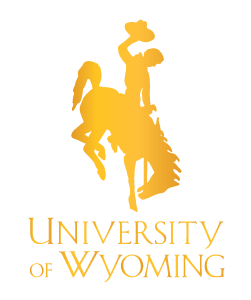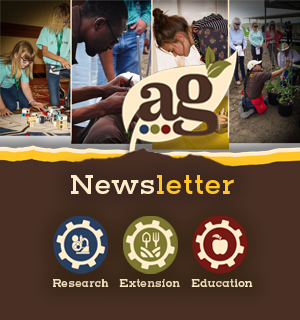Go for a walk. You’ve probably heard that before, whether it’s from someone recommending a fitness routine or a friend who thinks you need to clear your head.
But there’s other reasons to walk, too. For Wyoming residents participating in UW Extension’s Wyoming Walks program, walking provides a new way to engage with their hometowns and communities—while also getting some exercise.
Led by local experts in partnership with UW Extension, Wyoming Walks highlight attractions ranging from state parks and archaeological sites to downtown murals and museums. All walks are free and open to the public.
Whether it’s a hike up Casper Mountain, a geological tour of Hot Springs State Park, or a stroll among the bronze statues outside the State Capitol, the program encourages people of all ages to get out of the house and explore.
“People need at least two hours outside [a week] to boost mental and physical health,” says Sara Olsen, a UW Extension educator based in Campbell County. “These walks really help with that.”
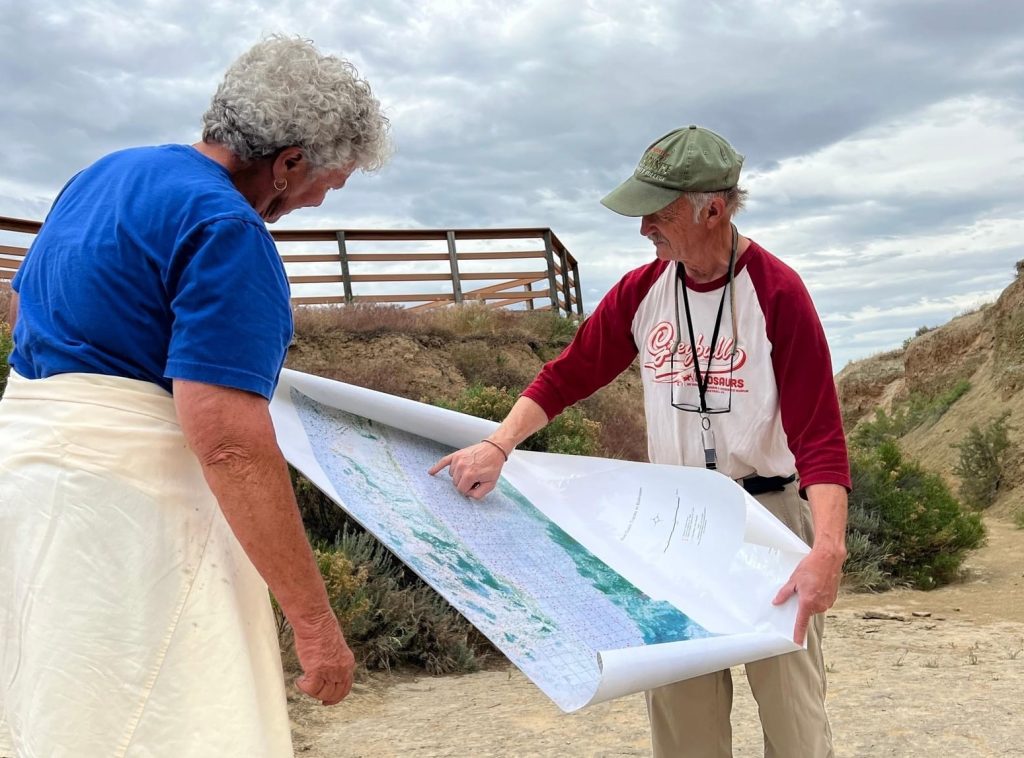
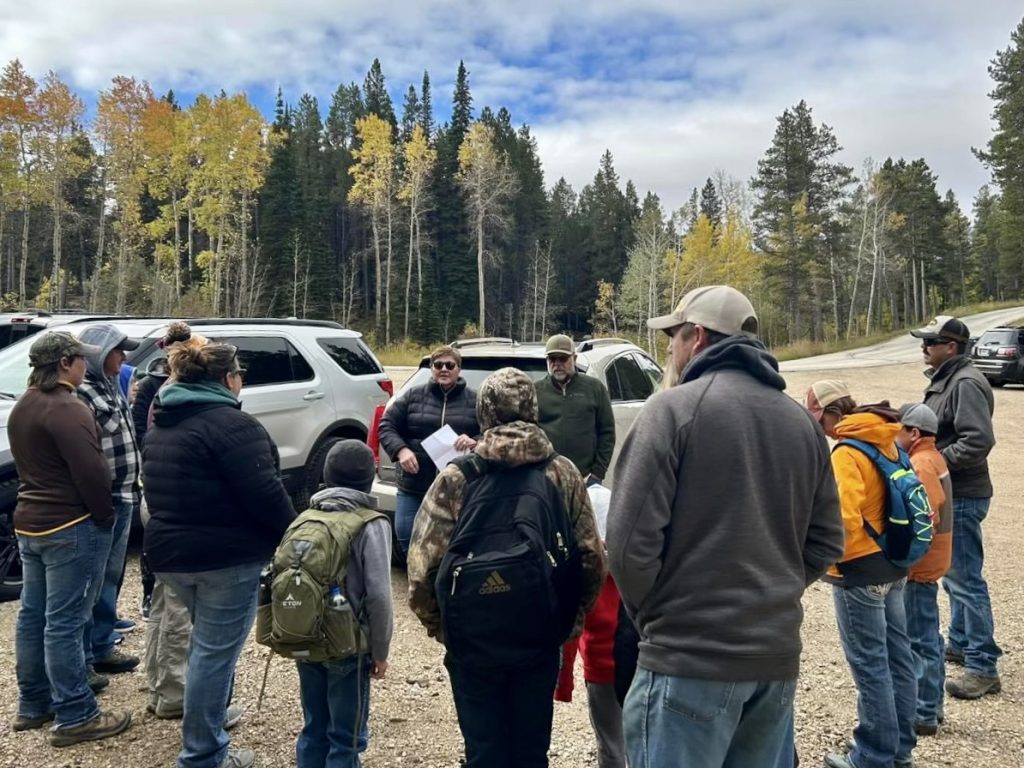
Being active isn’t just about exercise
It’s not unusual for university extension services to offer walking programs, says Hailey Sorg, a UW Extension educator specializing in tourism, hospitality, and outdoor recreation. But, she notes, “Ours is very unique compared to others because we’re not necessarily trying to go a certain distance or [maintain] a certain heart rate. It’s really for learning and getting people out, with a little exercise.”
In addition to promoting physical activity, the program provides opportunities for participants to build new friendships and explore—or rediscover—local history, culture, and recreational opportunities.
Each event is organized by a county extension educator in partnership with a local expert or organization. At least one extension educator attends every walk, introducing the program and helping facilitate as needed.
Their community collaborators have ranged from museum docents to conservation district representatives, business owners, artists, geologists, arborists, authors, and others.
Wyoming Walks typically last 45 minutes to an hour, depending on the topic, location, and expert. Some walks, such as museum tours, are more structured; others feature hands-on activities like scavenger hunts or nature photography. In some cases, such as library story walks for children or museum walks for seniors, events are tailored to a specific age group.
While the program highlights a wide variety of local attractions, all events share a common goal: to nurture community connections and well-being. “It’s about bringing people together to improve health, foster connection, and spark curiosity and learning about the places they call home,” says Joddee Jacobsen, a UW Extension educator based in Natrona County.
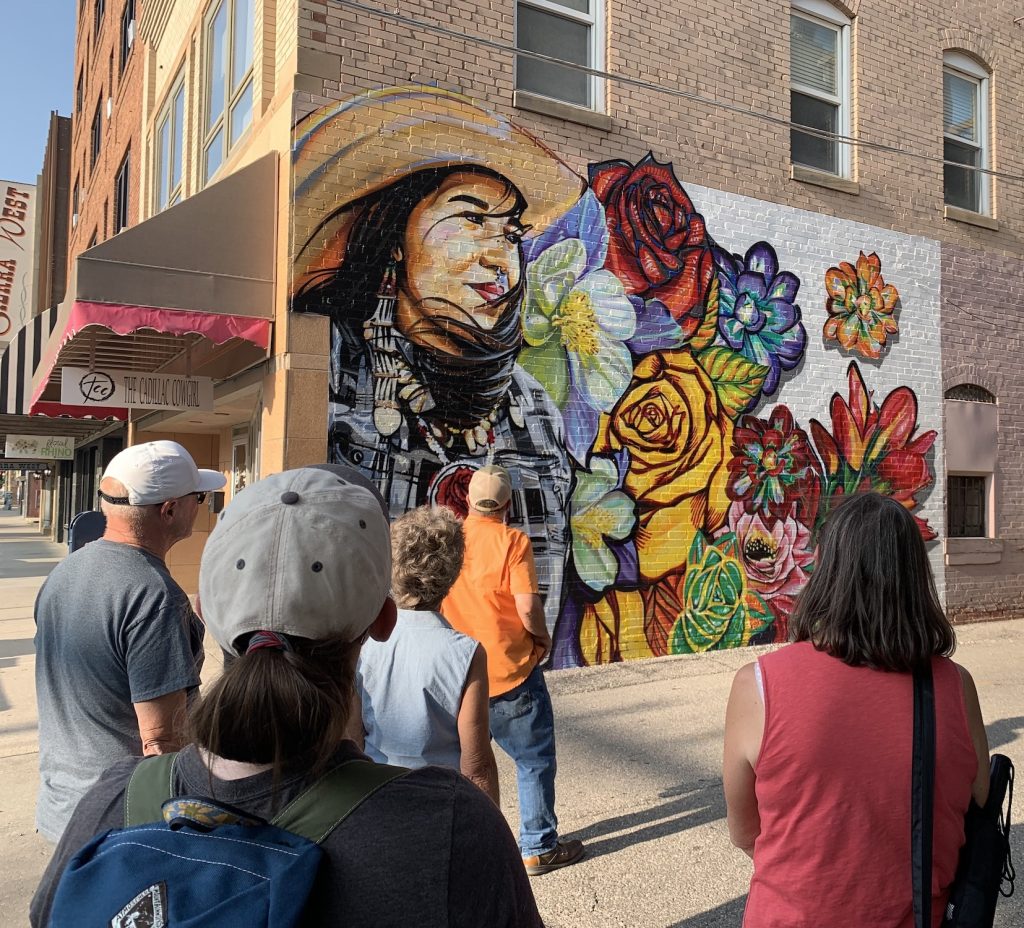
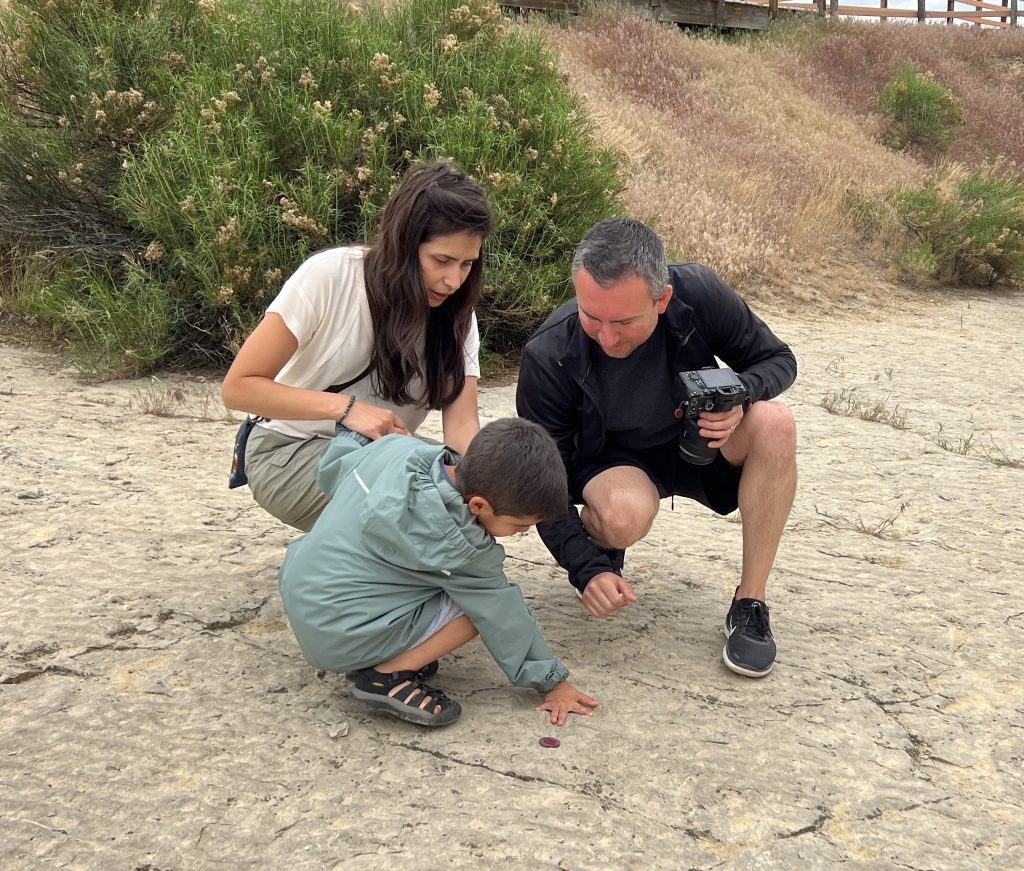
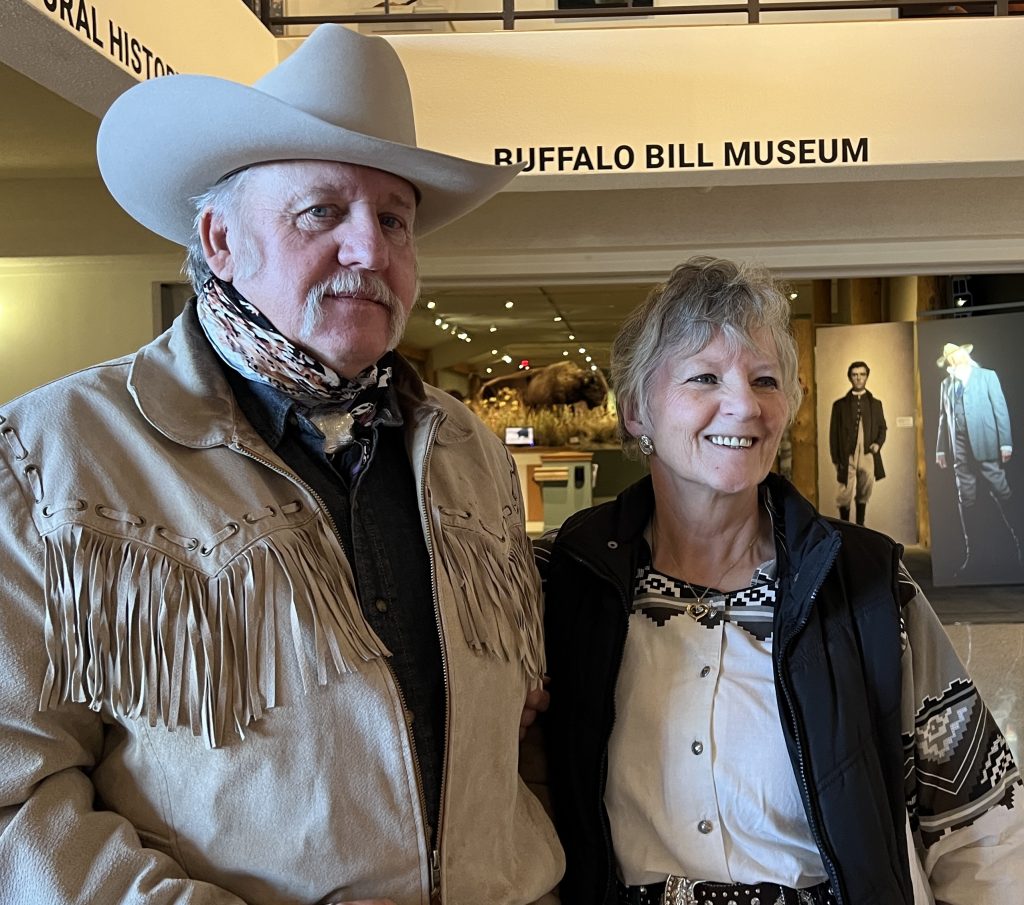
Take a tour of your hometown
In 2023, Wyoming Walks launched pilot programs in just a few counties. The following year, the program expanded to include seven counties: Big Horn, Campbell, Converse, Johnson, Natrona, Niobrara, Park, and Platte.
In 2024, a total of more than 1,100 participants attended 29 walks led by 46 community volunteers. Some walkers have quickly become familiar faces at local events, even traveling to other counties to participate. Others are more selective, choosing walks based on theme, location, or difficulty level.
So far, highlights have included an art walk in Casper featuring the city’s colorful downtown murals, a “Mile with the Mayor” in Gillette, tours of Cody’s Buffalo Bill Center, and a tree identification hike on Casper Mountain led by a state forester.
Other favorites, some recurring, have included nature photography walks at Edness Kimball Wilkins State Park and scavenger hunts at county fairs across the state.
Some Wyoming Walks have featured local businesses, such as the Bloomery in Natrona County and the historic Pitchfork and Lockhart Ranches in Big Horn County, as well as cemeteries and public libraries. Platte County’s “haunted history” tour in October 2024, organized by extension educator Mary Evans, attracted a record number of walkers and has inspired educators across the state to plan similar events in their home counties.
Especially for participants who have lived in the same community for a long time, Wyoming Walks provide a fresh perspective, whether that means taking a closer look at a well-known landmark or learning something new about the area’s natural history.
“I love that it allows people to be a tourist in their own community,” says Sorg, who grew up in Douglas and has enjoyed the opportunity herself.
“It was really great to learn about a place I’ve grown up in,” one participant shared in a post-evaluation survey. “This was a wonderful experience! I have lived in Casper my entire life and now I know so much more. I was able to exercise too!” another commented.
Many walkers have expressed renewed pride in their communities, Sorg observes. A common sentiment is, “Oh my gosh, we have all these cool, unique things and people who have this great knowledge right here in our own community,” she says.
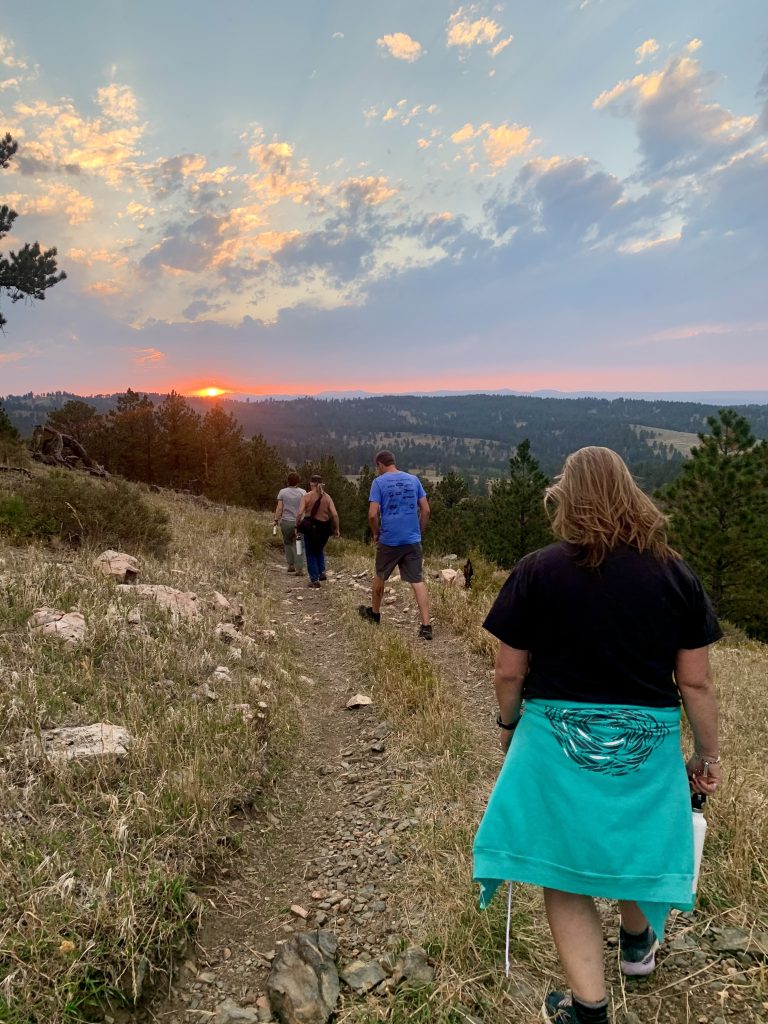

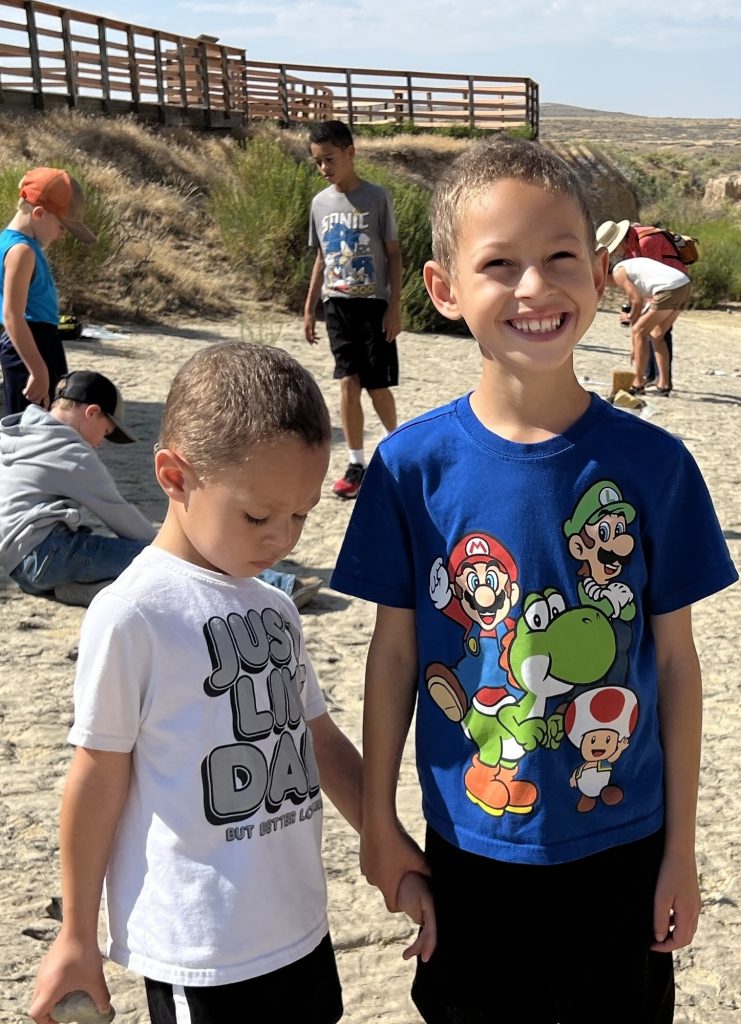
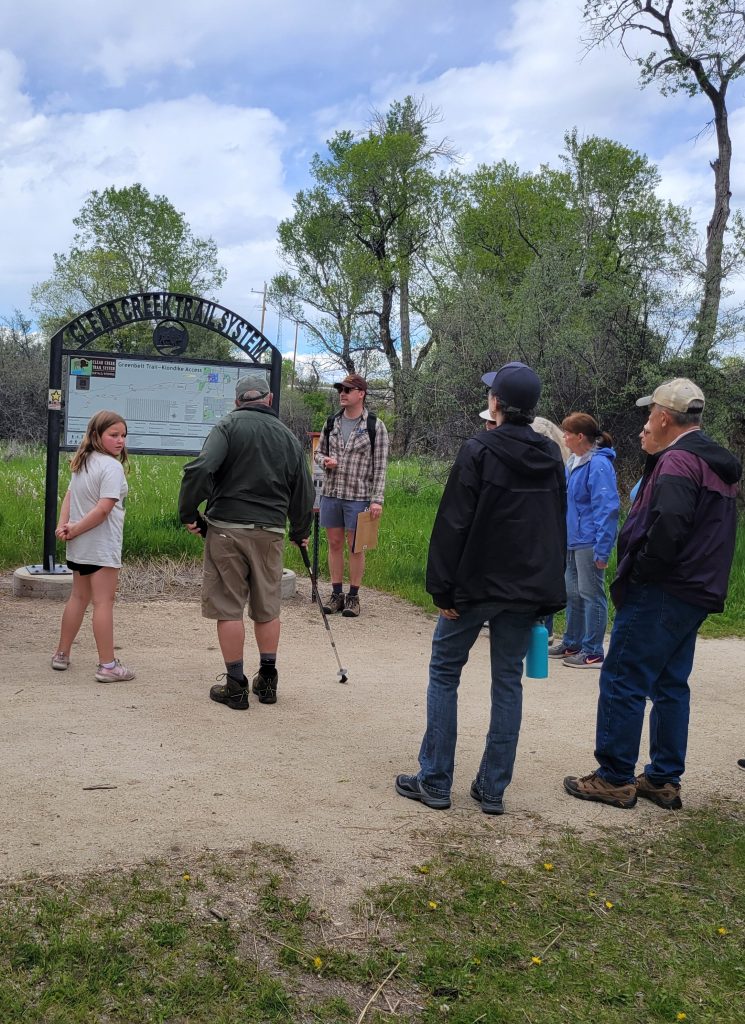
Walking indoors and outdoors
In true Wyoming fashion, UW Extension educators rarely—if ever—cancel a walk. Sometimes, they’ve found themselves battling Wyoming wind or storms. At certain times of the year, they organize indoor walks to avoid extreme heat or cold.
In January and February, for instance, Olsen leads walks at the Campbell County rec center. In the heat of summer, Sorg and Jacobsen organized a “behind the scenes” tour at the Ford Wyoming Center in Natrona County.
In Cody, Big Horn County educator Melissa Cook has partnered with the Buffalo Bill Center of the West to provide opportunities for older people to walk safely in the winter while exploring local history and connecting with peers.
In 2024, a total of 114 seniors from Big Horn, Hot Springs, Park, and Washakie counties participated in four free walking events in partnership with the museum and eight senior centers. In 2025, more than 160 seniors participated in the program.
After the 45-minute tours, many participants stuck around to peruse the exhibits and chat with fellow walkers, Cook reports.
In post-evaluation surveys, seniors identified both physical and social benefits to the program. One mentioned adopting a new habit of taking the stairs instead of the elevator; others highlighted the importance of social interaction and the opportunity to form new friendships.
“I especially enjoyed it because I met a couple of new friends there,” a Wapiti resident shared. “Sometimes there is a social aspect that may be as valuable as the event itself.”
In addition to coordinating winter walks at the Buffalo Bill Center, Cook has organized summer walks at outdoor locations ranging from Hot Springs State Park in Thermopolis to the Red Gulch Dinosaur Tracksite near Greybull.
“I enjoy this program because it builds community capacity through new friendships and offers opportunities for newbies in our small communities to meet their neighbors,” she comments.
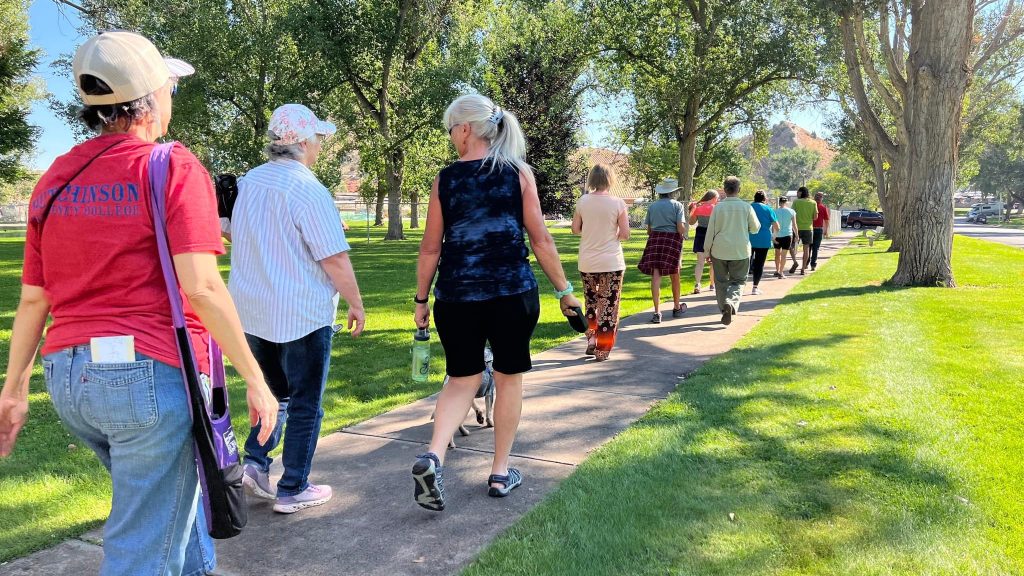
What’s next? Wyo cycles!
As the Wyoming Walks program continues to grow, it has inspired other UW Extension wellness initiatives as well. In Campbell County, for instance, Olsen now organizes group bike rides as well as walks.
“I took the Wyoming Walks philosophy and made it into a biking group,” she explains. “It’s not a race…There are all different kinds of riders on my rides. It’s about community, meeting new people, and providing a safe group ride.”
After a brief discussion of topics like sports nutrition, training, and rules of the road, the Wyo Cycles group heads out. Some cyclists take off in a close-knit pack of colorful jerseys and ride for 40 miles; others meander along the bike path with their children at a more leisurely pace.
Whether it’s a bike ride or walk, “I think it is just so great to see people continue to be connected with their community,” says Sorg. “I think we sometimes lose sight of that.”
To learn more about Wyoming Walks and other UW Extension programming, contact your local extension office.


